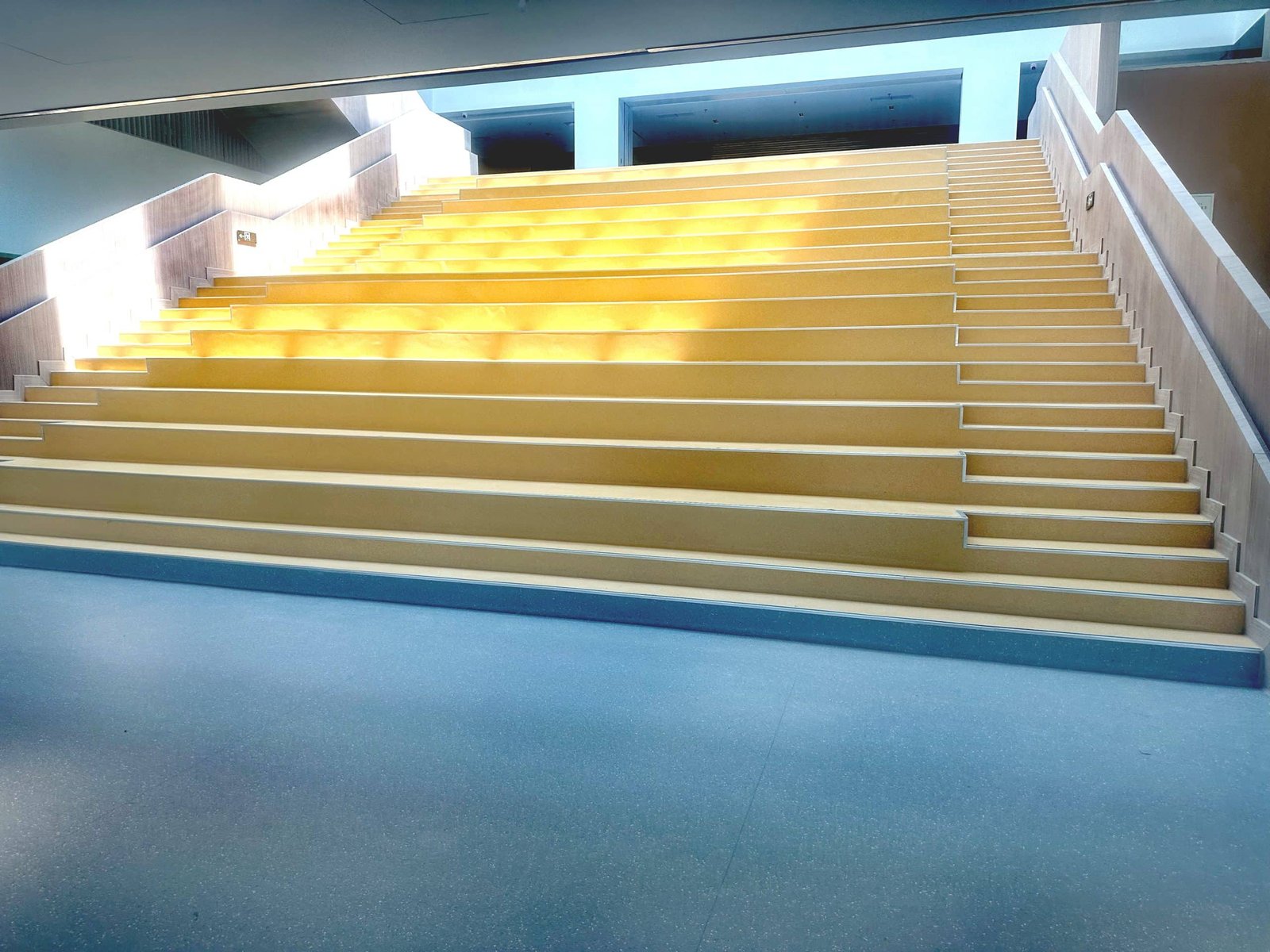Electrostatic discharge (ESD) is a sudden flow of electricity between two electrically charged objects caused by contact, an electrical short, or dielectric breakdown. In environments where static electricity can cause damage to electronic equipment, sensitive devices, or even cause explosions, controlling and mitigating ESD is crucial. One effective solution is the installation of ESD vinyl flooring.
What is ESD Vinyl Flooring?
ESD vinyl flooring is a type of flooring specifically designed to prevent the buildup of static electricity and safely discharge any existing static. This flooring is typically made from a combination of vinyl materials and conductive elements that create a controlled path for static electricity to dissipate. This is achieved through a network of conductive fibers or particles embedded within the vinyl material.
Key Features of ESD Vinyl Flooring
- Conductive and Dissipative Properties:
ESD flooring is categorized into conductive and dissipative types. Conductive flooring allows electrical charges to flow through it with low resistance, while dissipative flooring has slightly higher resistance. Both types are designed to safely discharge static electricity.
- Durability:
ESD vinyl flooring is highly durable and resistant to wear and tear. It can withstand heavy foot traffic and the movement of equipment without compromising its ESD properties.
- Ease of Maintenance:
ESD vinyl flooring is easy to clean and maintain. Regular maintenance helps to ensure its ESD properties remain effective over time.
- Aesthetic Versatility:
Available in various colors and patterns, ESD vinyl flooring can be integrated into different design schemes, allowing for both functional and aesthetic considerations.
Benefits of ESD Vinyl Flooring
- Protection of Sensitive Equipment:
In environments such as data centers, laboratories, and electronics manufacturing facilities, ESD vinyl flooring protects sensitive electronic components from damage caused by static electricity. This helps to prevent costly repairs and downtime.
- Safety:
ESD flooring reduces the risk of explosions in environments where flammable materials are present. Static sparks can ignite such materials, making ESD control critical for safety.
- Compliance:
Many industries have strict regulations regarding ESD control. ESD vinyl flooring helps businesses comply with these standards, ensuring a safe and compliant workspace.
- Cost-Effective:
Although the initial investment in ESD vinyl flooring may be higher than standard flooring, the long-term benefits, including reduced equipment damage and maintenance costs, make it a cost-effective solution.
Applications of ESD Vinyl Flooring
- Electronics Manufacturing:
ESD vinyl flooring is commonly used in electronics manufacturing plants where the assembly of sensitive electronic components takes place. It helps in protecting integrated circuits and other components from static discharge.
- Data Centers:
In data centers, the accumulation of static electricity can lead to equipment failure. ESD flooring ensures that static charges are safely dissipated, protecting servers and other critical infrastructure.
- Laboratories and Research Facilities:
Laboratories that handle sensitive experiments or equipment benefit from ESD flooring to maintain the integrity of their work and protect their equipment.
- Healthcare Facilities:
In certain areas of healthcare facilities, such as operating rooms and rooms with sensitive medical equipment, ESD control is necessary to prevent malfunctions.
Installation and Maintenance
The installation of ESD vinyl flooring should be carried out by professionals to ensure proper grounding and adherence to ESD standards. Proper installation includes the use of conductive adhesives and grounding mechanisms to create a continuous path for static electricity to dissipate.
Regular maintenance is essential to retain the ESD properties of the flooring. This includes routine cleaning with non-residue producing cleaners and periodic testing of the flooring’s ESD properties to ensure compliance with industry standards.
Conclusion
ESD vinyl flooring is a crucial investment for any environment where static electricity can pose a risk to equipment, safety, and compliance. Its combination of durability, ease of maintenance, and effective ESD control makes it an ideal solution for various industries. By implementing ESD vinyl flooring, businesses can protect their assets, ensure safety, and maintain productivity.







